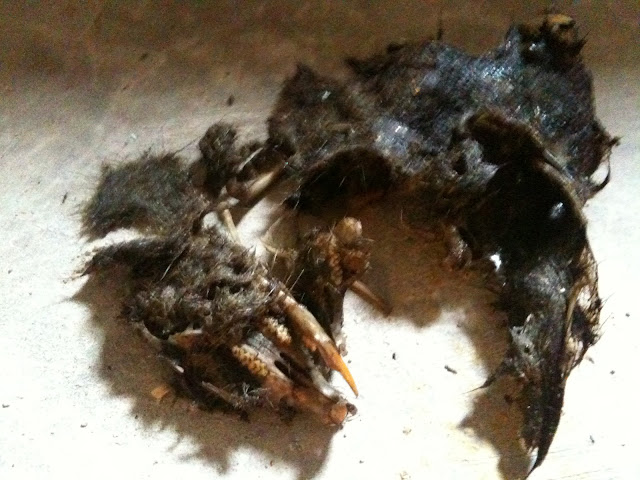AUSTRALIA - Research at Poultry CRC has demonstrated that broilers consume a considerable amount of litter, which stimulates gut development, and that the amount consumed depends on the type of material.
This is financially important for two reasons. Firstly, some poultry producers are facing difficulties in sourcing certain types of litter material between batches because of availability and price. Secondly, as explained below, a poorly-developed gut may mean reduced feed efficiency.

Broiler in litter
This research has demonstrated that the chickens consume a considerable amount of litter (bedding material), which stimulates gut development. Results show that consumption of litter containing coarse fibre markedly increases gizzard weight, together with a number of positive outcomes for enzyme secretion, disease resistance and bird performance.
The gizzard is regarded as a 'pace-maker' organ for nutrient digestion in poultry. A well-functioning gizzard grinds down feed to as fine as 5µm with an average diameter of 32.5µm. The proper function of the gizzard can only be maintained if the bird is given access to some structural components either in the diet (coarse fibre) or in the litter. If not, the gizzard fails to develop to its proper size and the proventriculus becomes enlarged. The nutritional implication is that a non-functioning gizzard will allow a large amount of unprocessed food to pass into the small intestine in a short span of time (as the modern bird has a voracious appetite). This large amount of food overwhelms the enzymatic digestive system, leading to undigested nutrients, such as starch and protein, ending up in the large intestine, where it ferments. Loss of digestion efficiency via fermentation of starch and protein in the large intestine often reduces feed efficiency in poultry.
It is clear from our research that birds consume different amounts of litter materials depending on the source. Hardwood saw dust is usually preferred over softwood litter or shredded paper in terms of stimulation of the gizzard.









 Edu. Animal Health And Production UPM 1990.More than 20 years involved in animal production. Having a birdhouse in pasir puteh completed and Fully occupied by swiftlet.
Edu. Animal Health And Production UPM 1990.More than 20 years involved in animal production. Having a birdhouse in pasir puteh completed and Fully occupied by swiftlet.
 Edu. Animal Health And Production UPM 1990.More than 20 years involved in animal production. Having a birdhouse in pasir puteh completed and Fully occupied by swiftlet.
Edu. Animal Health And Production UPM 1990.More than 20 years involved in animal production. Having a birdhouse in pasir puteh completed and Fully occupied by swiftlet.